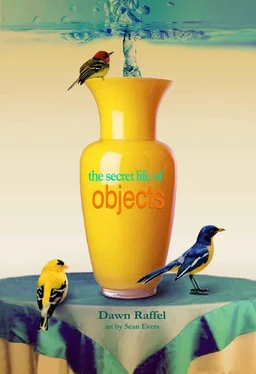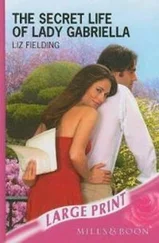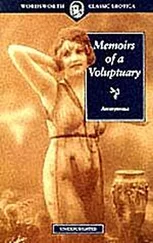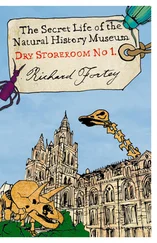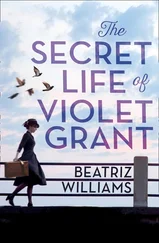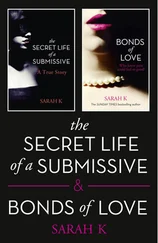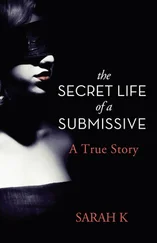We went in and bought the bowls.
I have very little belonging to my father, who died of a heart attack in the middle of a ballroom dance class. (After his quadruple bypass, he liked to dance to “Stayin’ Alive,” although he also favored Latin rhythm. At the funeral, the old folks were jealous.) My stepmother dispensed with the bulk of his belongings — the effects, as they say. I don’t know where they went. But not long after his death, she led me to a small drawer in their house by the lake, explaining that he had told her it was his private stuff, and he didn’t want her looking there. She asked me to empty it out.
I opened the drawer wondering what could be so secret. Inside I found things like batteries and the directions for the Code-a-Phone answering machine. A lanyard and a wallet I had made for him at camp, with his initials burnt awkwardly into the leather. A keychain my mother had given him on the occasion of my sister’s wedding as a sort of token. An autobiography, typed, stapled — school assignment — written when he was 16 years old. And the thing that shocked me — a prayer book, inscribed to him on his Bar Mitzvah by his paternal grandparents. I’d had no idea that father had even had a Bar Mitzvah. No one in the family had ever mentioned it, and my grandparents did not belong to a synagogue. My father would cheerfully describe himself as a born-again atheist; if you happened to be sitting next to him during a service to which my mother had dragged him, you could hear him muttering “baloney” under his breath.
Yet I don’t think he kept the prayer book solely out of attachment to his grandparents. True, I did wonder whether he was laughing from the beyond when I went to a synagogue each week to recite the mourner’s Kaddish, the prayer of the bereaved. He believed deeply in science. He talked, despite his professed atheism, about the divinity of subatomic connection, and he told me once that he believed the infinite resided in the infinitesimal. He approached nature with awe. On a postcard sent to me from South America, he wrote only, “I’ve learned that A SPIDER IS NOT AN INSECT!!! Love, Dad.”
Spiders, he respected — ritual, not much. Several times he told me the story of the lost cousin — the child who died because my father’s uncle had insisted on going through with a bris in a room full of coughing people, even though the baby was sickly and frail. “What a waste,” my father said again and again. And yet, for all his distaste for organized religion, I don’t think he could ever be shut of his blood, of his bones, his genes.
The prayer book is old-school, insistent on the literal resurrection of the dead, where more reform prayer books lean toward the idea that the dead live on in the living. For a year or so after my father died, I couldn’t stop reading books about death, by medieval mystics and postmodern intellectuals, by those who believe in reincarnation and those convinced that what comes next is nothing at all. A smidgen of carbon. Maybe, I thought, my father would have liked the death of death theory, which rejects the whole paradigm. At one point, he’d toyed with having his head frozen, freaking out my stepmother. Instead, he’d been cremated. The ashes were buried under a tree, in a cardboard box, in a nature preserve, whether legally or not I do not know.
The prayer book is in my dresser drawer.
My mother received the bible the day she married my father. It is small, white, leather-bound, gilded at the edges. She never left home overnight without it. That bible was tucked into her suitcase, even if she was going for just a night. It traveled with her to her parents’ apartment in Chicago and on the sales incentive trips to Bermuda and the Bahamas and Hawaii and Puerto Rico that my father received for selling sufficient quantities of Philco appliances at Raffel’s Furniture Store. It went up the Wisconsin peninsula for our three-day, retail-family vacations (my father was always on call) and down to the southern end of Indiana where her brother lived, and out to California when her father moved there with Elsie #2. The bible moved out of one marriage and into another. It went to hotel rooms in New York, in Dallas, in London, in Paris, and in sleepy towns in Michigan, Wisconsin, Illinois…. It went in cars and vans and planes and buses and ferries and shuttles and trains and sedans. It got fat, with handwritten prayers and sayings stuck under its covers on paper scraps. It went on cruises for retirees and also to hospital rooms.
I wanted the bible to go in the coffin with my mother, but my stepfather and sister thought it belonged to the living world. I’ve slipped it next to my father’s prayer book.
In my nightstand there is a small white envelope holding a single golden ringlet. It came from Brendan’s first haircut. Now his hair is thick and dark and coarse like mine. He is tall and deepvoiced. When he was smaller, he kept a little box, like a treasure, of his jewel-like baby teeth. Whether he keeps it still, I do not know. I held onto my own yanked teeth for years and years. Some people cherish relics, finding divinity in a fleshless finger bone. Why do we cling to the body’s pieces, as if they can tell us who we are, and what was lost, and how time passed?
It was my sister’s first and then mine — the wooden chair that played a lullaby, the work of a pin that triggered the components in a metal box when it rocked. This chair was the seat of our dreams. Hours, I sat lost in thought before the age of video, computer, enrichment. The chair became Brendan’s and then Sean’s. Slowly it broke, the music box first (repaired, re-broken), and then — the work of boys in the house, of time on wood — the arms, the rocking pieces. I couldn’t bear to look. It’s safe to say my husband took the chair away, but I never did ask. Once when I was cleaning out the toy bin I found a broken piece of it and held it in my hand, as if it could rock me back into my past as I imagine it.
I keep my needles and threads in a small round cardboard box that was originally home to a jigsaw puzzle given to me by my Grandmother Bern. The box showed how the 36-piece puzzle would look when assembled, with two teary pink heart-faces floating in red and pink paisley. The pieces have vanished and the box is mostly broken, disconnecting at its seams.
My mother stored her needles and threads, and buttons and snaps, hooks, eyes, her cloth tomato full of pushpins, and her measuring tape in a Barton’s bonbonnier tin (“Continental Chocolates”) from the 1950s, with stylized icons of the world’s great places — the Kremlin, Big Ben. The lid barely shut. She had decades-old darning needles packaged by Singer, 30 cents for six. Her threads told the story of the colors she favored — reds and blues, black, plums, pinks, flower colors, summer shades, but no green, for which she expressed an inexplicable dislike.
When the time came to bury my mother, my stepfather asked me to pick a dress. He seemed to think I could complete this task in under ten minutes — he was one of the most practical, decisive men I’ve ever met, even — or especially — during the months when he was dying. It was hard for him, I think, to understand second-guessing. My mother, however, had four closets full of clothes for me to chose from, plus more in the basement. She never left the house without the right shoes, the right bag, the perfect accessories; if I screwed this up, I thought, she’d come back to haunt me.
I wanted my mother in death to look beautiful and elegant and like the artist that she was, but not as if she were going off to a cocktail party in the hereafter. I wasn’t entirely sure which garments fit; she kept three sizes. Standing in front of cashmeres and silks and brushed cottons, I was paralyzed. One jacket that she hadn’t, I was sure, worn in years reduced me to tears. I can’t even say what it made me remember.
Читать дальше
